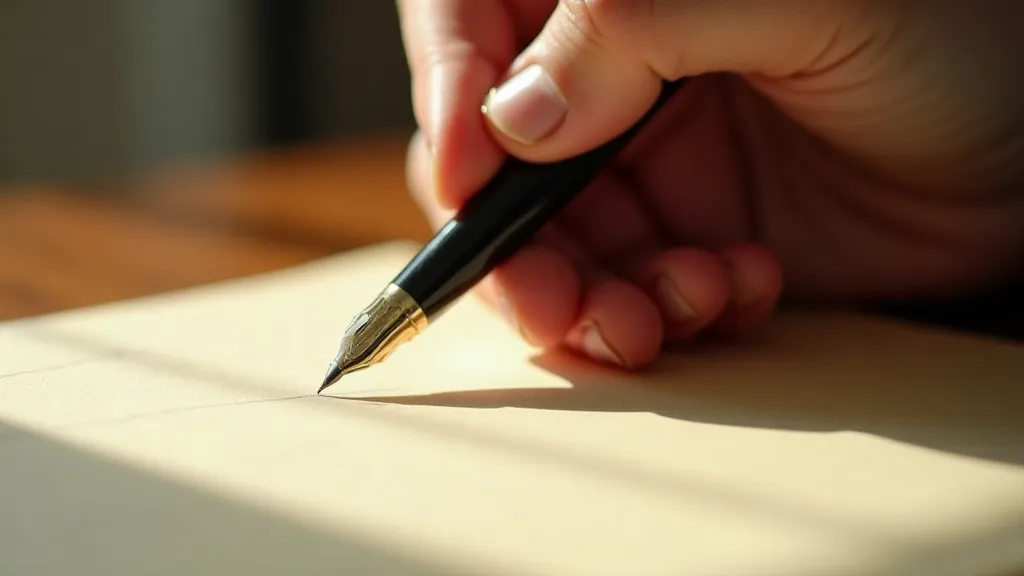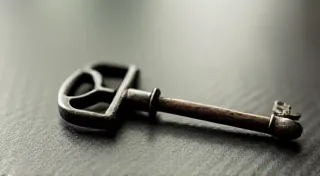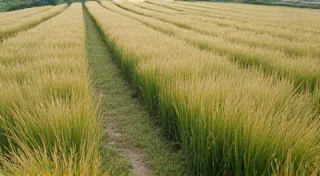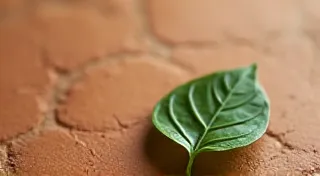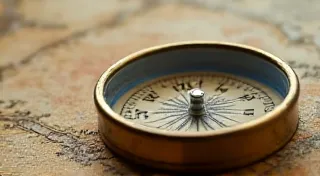The Cartographer’s Legacy: Tracing the Evolution of Nib Design
The fountain pen, an instrument often taken for granted in our digital age, holds a profound history etched not just onto paper, but also into the very metal of its nib. And the nib, that tiny point of contact between writer and world, is more than just a writing tool. It's a testament to ingenuity, a reflection of the era in which it was born, and for the collector, a tangible piece of history. Collecting vintage fountain pen nibs is, at its heart, an exploration of this fascinating evolution, a journey into the philosophies and technologies that shaped the art of writing.
I remember my grandfather, a meticulous surveyor, always carrying a Parker 51. He's the one who sparked my interest. He's the one who'd tell me stories of how a good nib wasn’t just about laying ink on paper; it was about feeling the words flow, about the effortless connection between thought and expression. He prized that pen, not for its monetary value, but for its reliability and the unique quality of its writing. That early exposure ignited a lifelong fascination with the tiny metal points that dictate so much of the writing experience.
The Early Years: Before Mass Production
Before the rise of mass production, nibs were almost exclusively handcrafted. The early 19th century saw the birth of the modern fountain pen, and with it, a burgeoning industry of skilled nib-makers. The focus was intensely localized. Workshops flourished in England, Germany, and America, each developing its own distinctive styles and techniques. These weren’t simply churned out; each nib was the result of countless hours of hammering, filing, and grinding, followed by careful polishing and testing. Materials were often high-grade steel, sometimes gold, and the attention to detail was extraordinary. The early “flexible” nibs, prized for their ability to produce wide line variations with slight pressure, were the pinnacle of this era. Imagine: a nib that could transform a simple sentence into a flourishing script with the mere pressure of a fingertip!
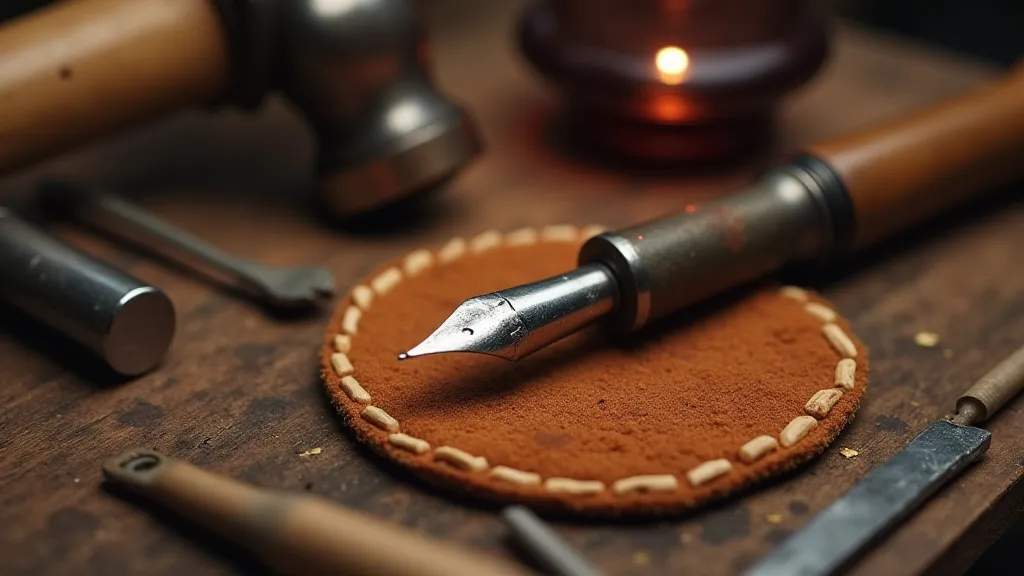
The aesthetic goals of these early nibs were often tied to the prevailing artistic movements. Victorian flourishes and ornate detailing weren't simply decorative; they were expressions of the era's values. These nibs weren't just tools; they were miniature works of art, often featuring elaborate patterns and even tiny inscriptions.
The Rise of Standardization and the “Stiff” Nib
The late 19th and early 20th centuries brought about a shift. With increasing demand and the pressures of industrialization, standardization became essential. The focus moved from artistic expression to uniformity and consistent performance. The flexible nib, though beloved, was notoriously difficult to manufacture consistently and prone to breakage. The “stiff” nib, offering a more predictable and reliable line, began to dominate the market. This wasn’t necessarily a decline in craftsmanship, but a pragmatic response to the changing needs of the writing world. Businesses, schools, and government offices needed pens that were dependable and readily replaceable.
Companies like Parker, Waterman, and Sheaffer rose to prominence, developing mass production techniques while still striving for quality. While the artistry of individual nib-makers diminished, these manufacturers often employed skilled artisans to oversee the production process, ensuring a degree of quality control. The aesthetic shifted too; the flamboyant Victorian flourishes began to fade, replaced by a cleaner, more streamlined design, reflecting the burgeoning Art Deco movement.
The Post-War Era and the Decline of Traditional Nibs
The Second World War brought about a further evolution. Resources were scarce, and the focus shifted to functionality and affordability above all else. Nibs became simpler, thinner, and often made from lower-grade steel. The intricate processes of hammering and filing were largely replaced by stamping and machining. While this made pens more accessible, it also marked a decline in the unique qualities that made vintage nibs so special.
The latter half of the 20th century saw the rise of ballpoint pens and felt-tip markers, further diminishing the demand for fountain pens. Many traditional nib-making techniques were lost, and the art of crafting truly exceptional nibs faded into obscurity. However, this period wasn’t entirely devoid of innovation. Companies experimented with different alloys and coatings, striving for improved ink flow and durability.
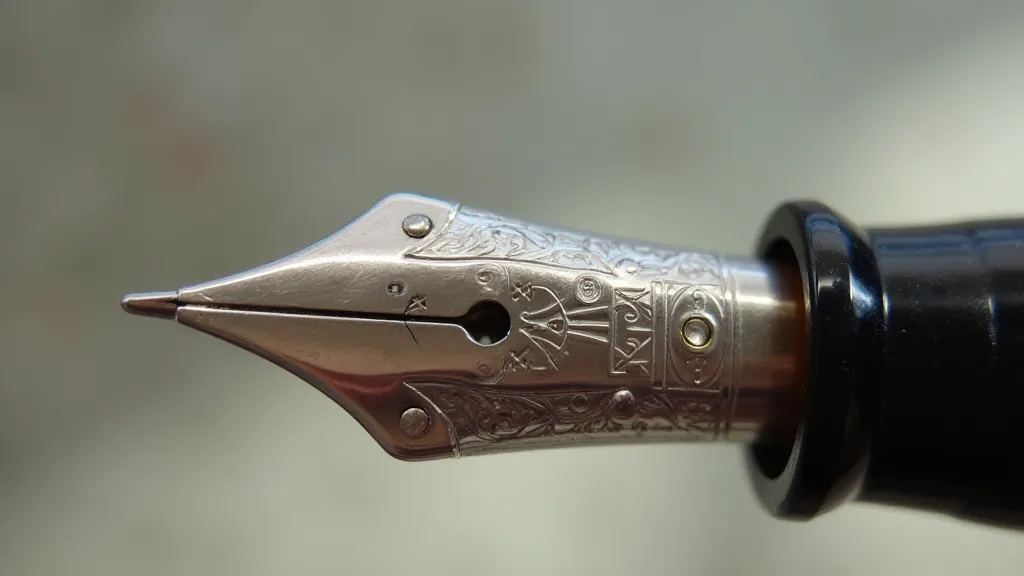
Collecting Vintage Nibs: A Journey of Discovery
For the collector, the world of vintage fountain pen nibs is a rabbit hole of fascinating detail. Identifying a nib’s origin and age can be a complex process, requiring an understanding of manufacturing techniques, material composition, and historical context. Look for subtle markings, examine the shape and curvature of the tines, and research the manufacturer’s known styles. There are communities online – forums, social media groups – dedicated to this pursuit, offering invaluable knowledge and support.
Condition plays a crucial role in value. While some collectors seek pristine, unused nibs, others appreciate the character and patina of age. Tine wear, misaligned tines, and other imperfections can impact collectibility, but they also tell a story – a testament to the pen’s past life. A nib that’s been lovingly used and carefully maintained often holds more charm than one that’s been stored away, untouched.
Restoration and Appreciation
The preservation of these historical treasures is paramount. Restoring a vintage nib is a delicate process, requiring patience and skill. Minor repairs, such as realigning slightly misaligned tines, can often be done at home with the right tools and techniques. However, more extensive repairs should be left to experienced restorers. The goal isn’t to make the nib look new, but to restore its functionality and preserve its historical integrity.
Ultimately, collecting vintage fountain pen nibs is more than just accumulating objects; it’s about connecting with the past, appreciating the craftsmanship of generations gone by, and rediscovering the joy of writing with a truly exceptional instrument. It’s about understanding the cartographer’s legacy – the intricate evolution of a tiny metal point that shapes our connection to the written word.
